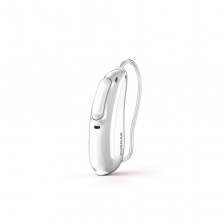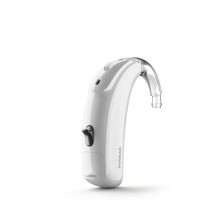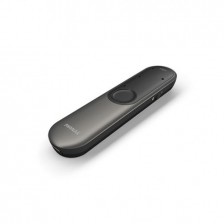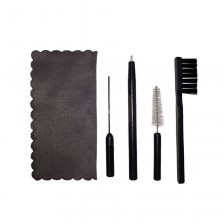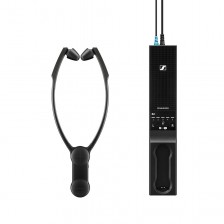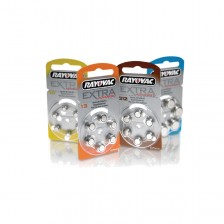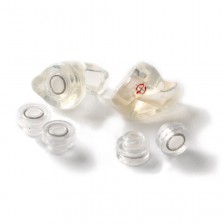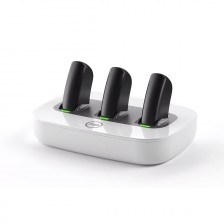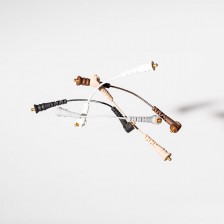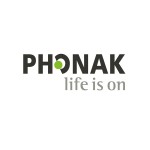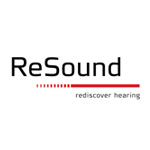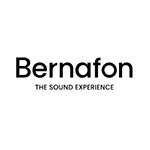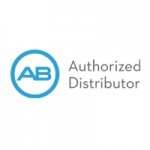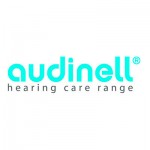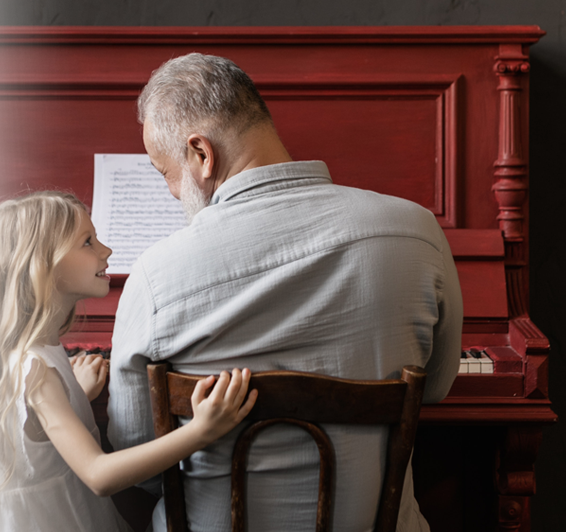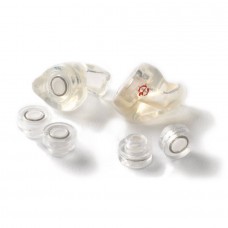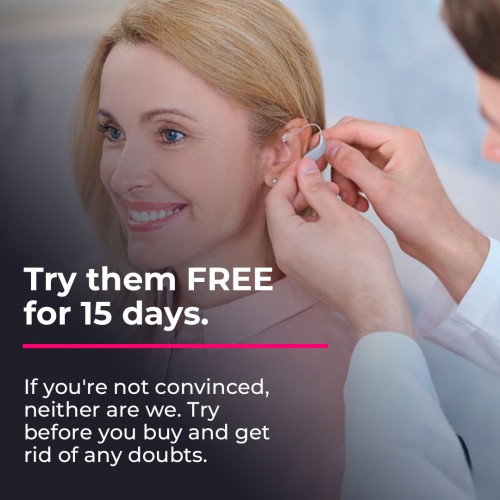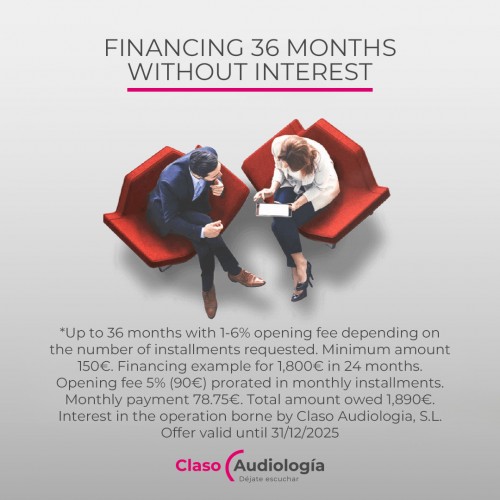Reasons to protect your ears if you are a musician

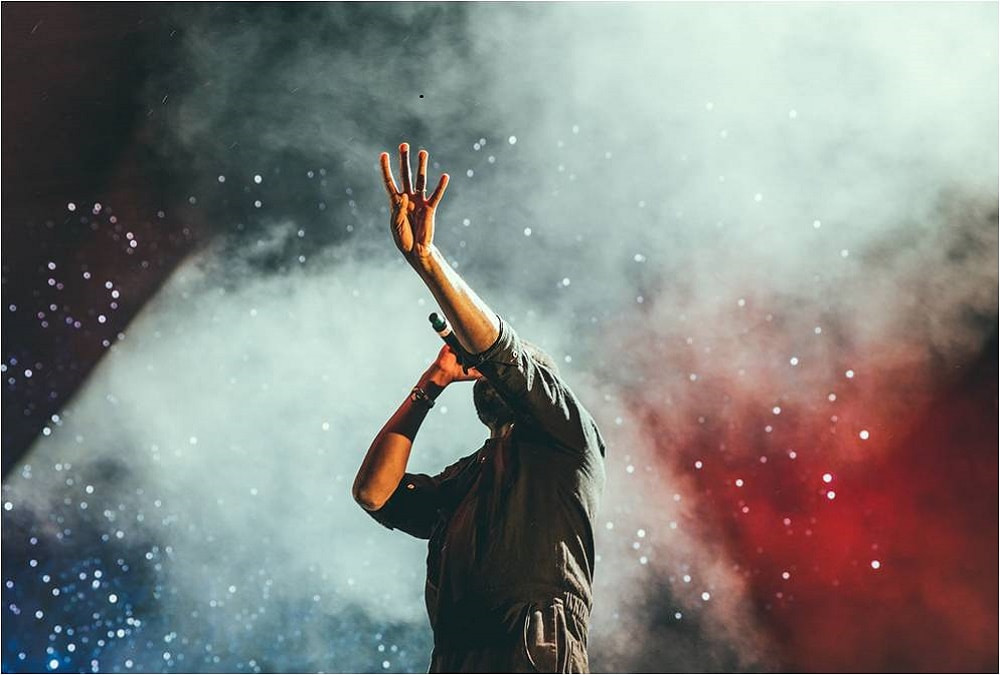
One of the main causes of long-term hearing damage is prolonged exposure to loud sounds, and one of the groups clearly at risk of such damage is musicians.
Many musicians have suffered the consequences of constant exposure to excessively powerful volumes: Eric Clapton, Chris Martin, Neil Young, Bono. Phill Collins practically retired because of permanent damage to his ears. Brian Johnson, AC/DC singer, had to withdraw from the 2016 tour or risk being completely deaf for life. And a long list that does not end with rock stars, far from it: violinists, for example, run the risk of suffering asymmetrical hearing loss due to the proximity of one of their ears to the sound source.
The world of live music implies exposure to really high volumes. To give you an idea: the background sound of a silent room is about 40dB, a hair dryer, 90dB...and a rock concert? Well, if you are near a loudspeaker, a minimum of 120dB. It is considered that the pain threshold is approximately 140dB, but that’s without taking into account the exposure time.
According to the National Institute for Occupational Safety and Health (NIOSH), a US federal agency that researches the field of occupational accident prevention, we can withstand exposure to 85dB sound for about 8 hours. Considering that every 3dB can be considered to double the power of sound, the "safe" exposure time for our hearing health is halved. Thus, a sound power of 88dB can only be endured for 4 hours.
Returning to concert example, where the output is of a minimum of 120dB? After 7 seconds we are already risking permanent injuries. With this, we can get an idea of the importance of good ear protection for a musician.
Protect your ears and prevent hearing loss
While it is true that not everyone has the same hearing resistance, there is no doubt that constant exposure to loud sounds is destructive to our ears. So any effort to mitigate these effects should be a priority for any musician.
First of all, prevention. Wearing earplugs is a first step for both musicians and lovers of live music, electronics, etc. These earplugs range from cheap unified models to personalized protectors; depending on your requirements, you may prefer to opt for the seconds.
Using these types of protectors means using them well: the ear canal must be well sealed, or they will be useless. If you use in-ear monitors (IEM) do not use only one while the other is left hanging, which unfortunately happens on many occasions.
Whichever method you want to use, the point is that you must protect your ears if you are going to constantly subject them to a "punishment" that can damage them. If you still want more information on the subject or want to learn more about your options, we at Claso will be delighted to help you.


